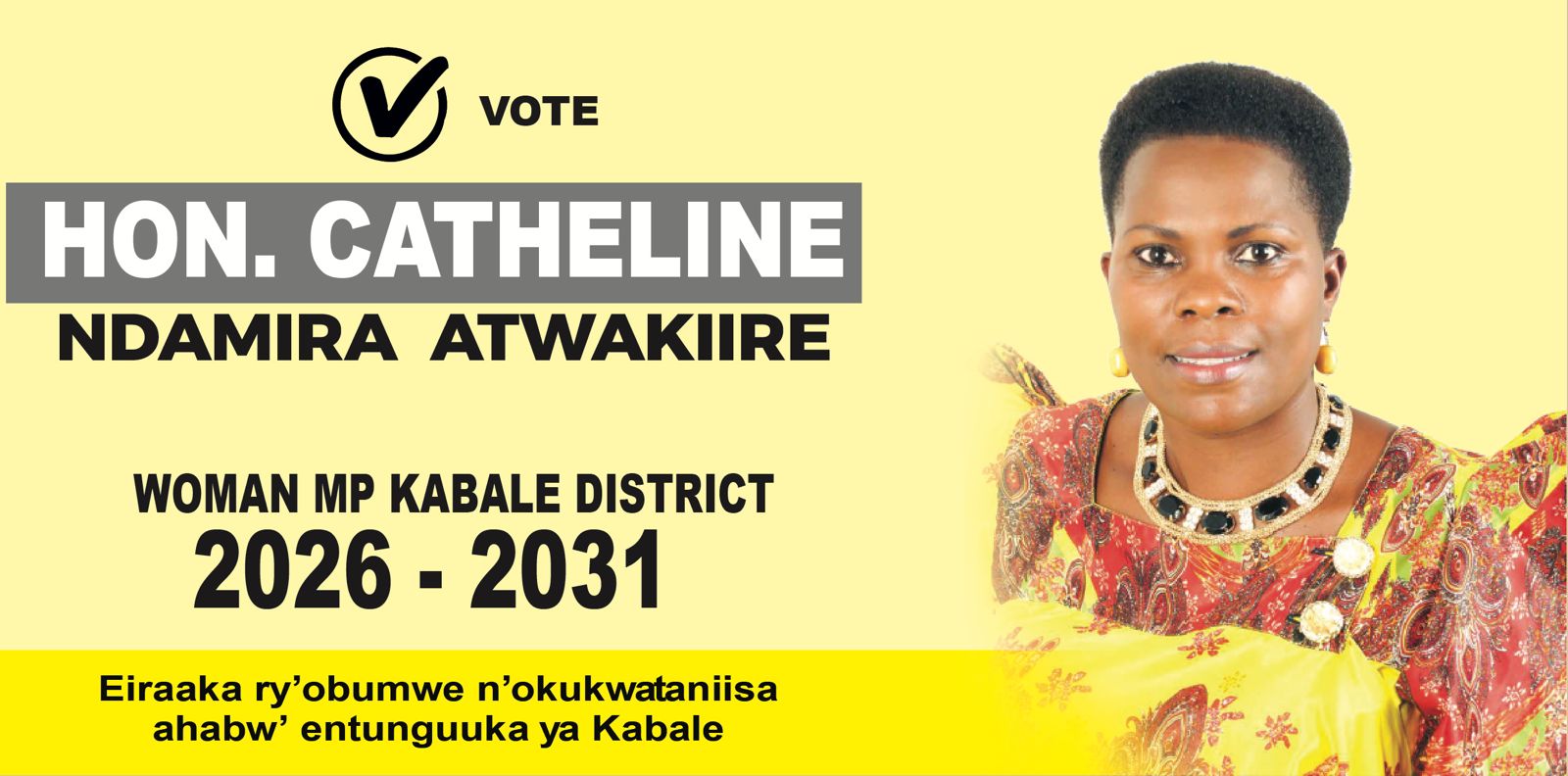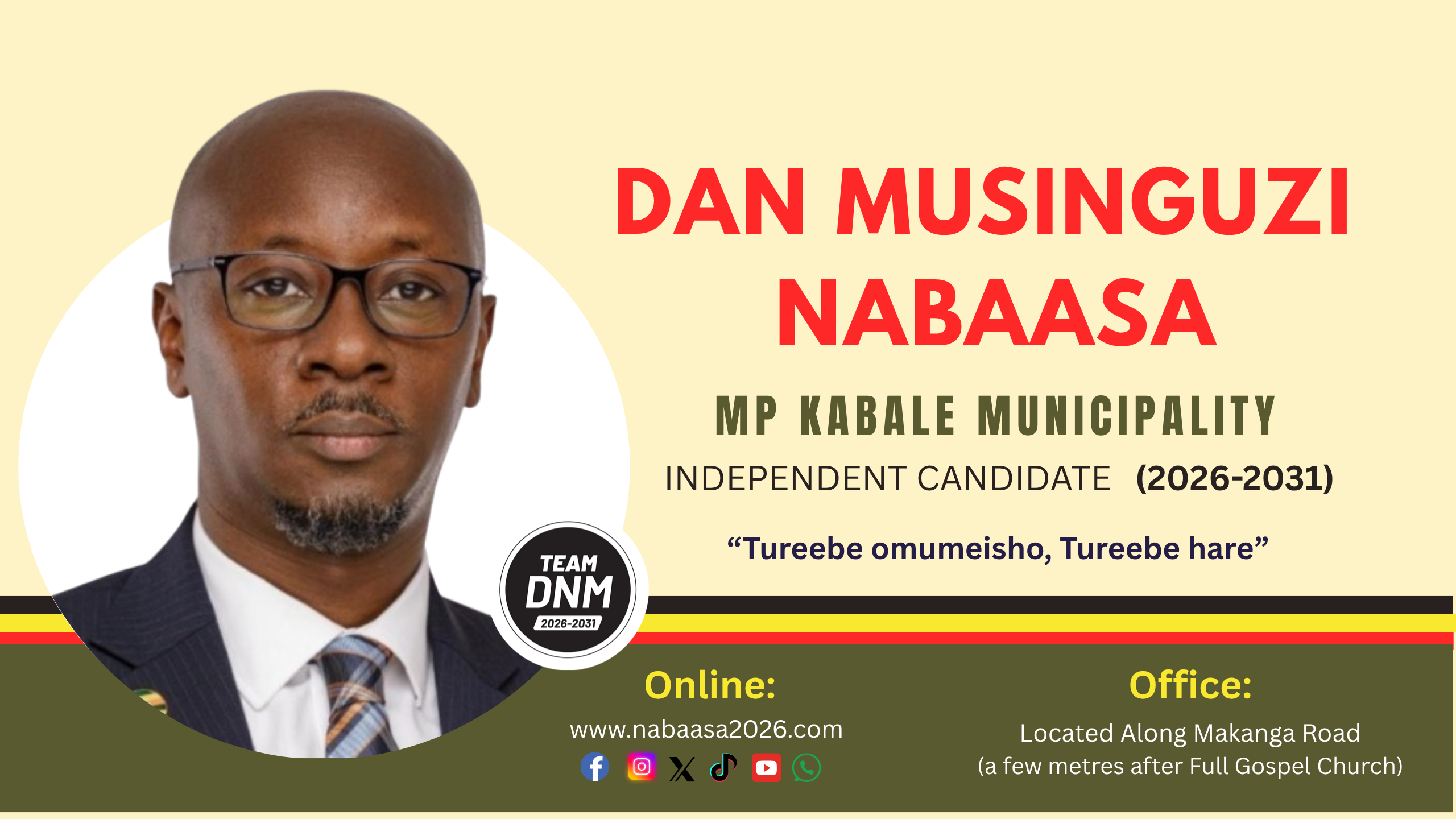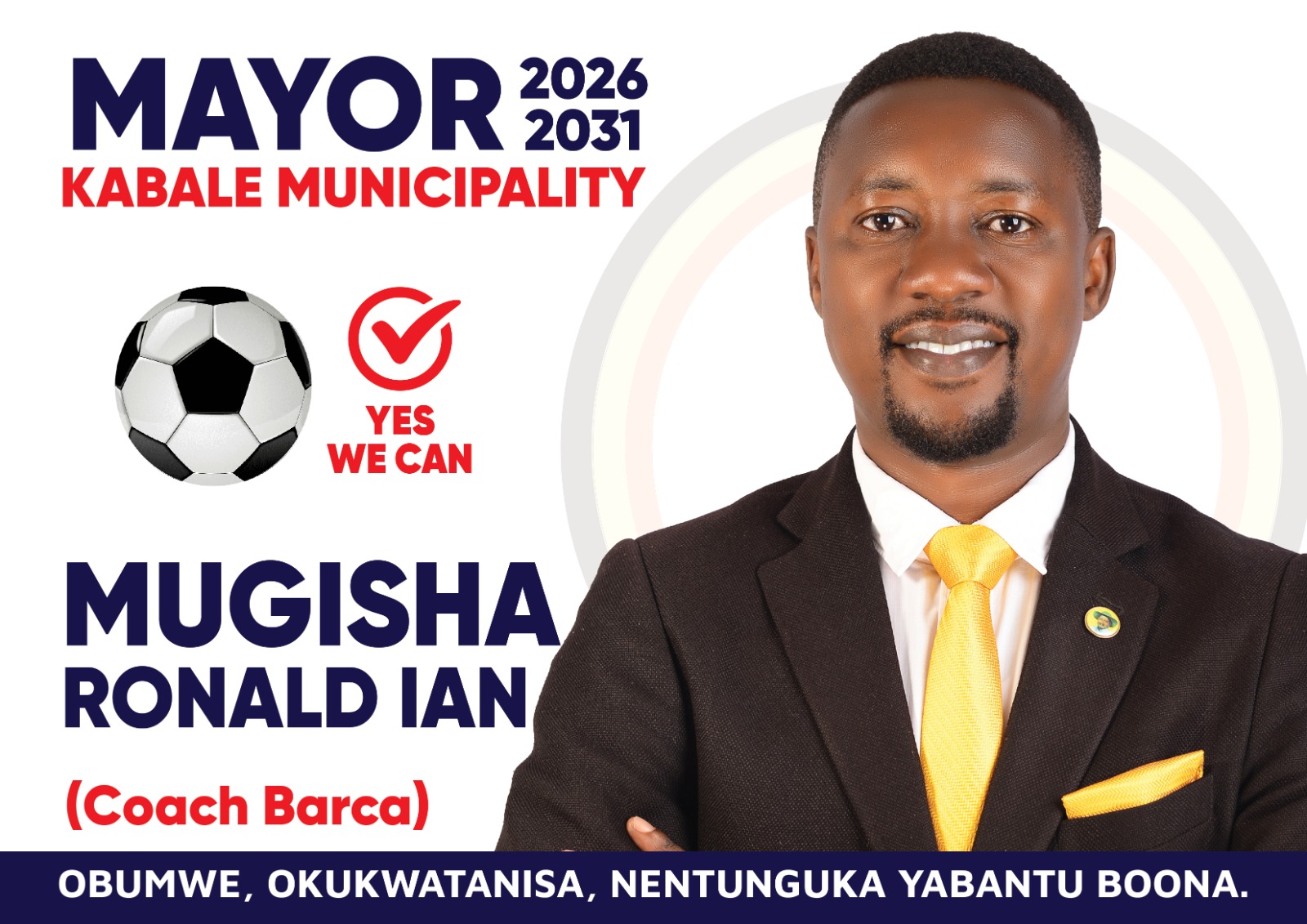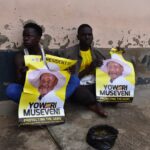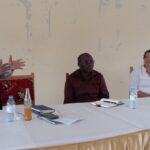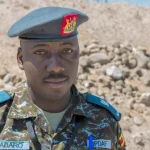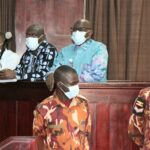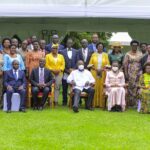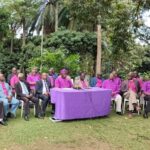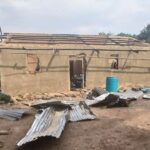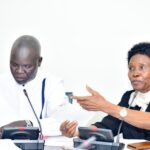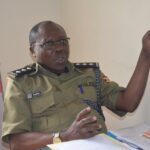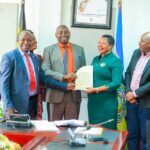
This week, the Uganda Electoral Commission concluded nominations for presidential candidates. Out of over 190 Ugandans who had expressed interest in contesting for the country’s highest office, only eight were successfully nominated.
Many Ugandans will miss the comic relief that John Katumba, famously known as Katumba Oyeee!, brought to the 2021 campaigns. Perhaps, this time, Munywangwa Mubarak might step into that role.
Among the eight contenders, the candidates considered serious challengers to NRM flagbearer and incumbent President Yoweri Kaguta Museveni Tibuhaburwa include Gen. Mugisha Muntu of ANT, Robert Kyagulanyi (Bobi Wine) of NUP, and Hon. Nandala Mafabi of FDC.
These candidates command some level of national recognition and lead parties with membership across the country.
Although Bobi Wine finished second in the 2021 elections, he is likely to maintain that position in 2026. Unlike in 2021, his National Unity Platform has significantly expanded its grassroots presence.
Even in traditionally pro-NRM regions like Kigezi, covering districts such as Rukiga, Kanungu, Kabale, and Kisoro, NUP has now fielded parliamentary candidates.
In 2021, Kyagulanyi struggled in Kigezi, garnering only 38,000 votes compared to President Museveni’s 420,000 out of the region’s 798,000 registered voters. However, despite the NRM’s dominance, the voter turnout was only 65% in 2021—down from 75% in 2016 and 72% in 2011.
This reveals a worrying trend: voter apathy is increasing sharply, not only in Kigezi but nationwide.
In several constituencies including Kamuli, Rukiga, Rubanda, and Arua Municipality, it is likely that Members of Parliament will receive more votes than the NRM presidential candidate. This signals a problem.
Many disgruntled NRM members who lost in chaotic primaries have chosen to return as independents or will completely withdraw from the general elections. Their supporters, too, may not turn up to vote.
Additionally, some polling stations remain located far from residential areas, discouraging voters from participating. Demoralised independents and their supporters have lost trust in the process and may stay away from polling day.
For President Museveni to secure over 60% in 2026, the NRM must urgently rethink its mobilisation strategy, especially targeting youth, women, and professionals (the so-called “corporates”). If these groups remain disengaged or stay at work on polling day, NRM’s support base, particularly in urban and peri-urban areas, will be severely diminished.
There is still time to correct course. President Museveni is highly likely to win the 2026 elections, but to achieve a strong mandate above 60%, NRM must do things differently.
The numbers are there, but they must be mobilised, motivated, and energised to turn out and vote, not just to attend rallies.
Forget the crowds at Kololo during nomination day. What matters is not how many people cheer, it’s how many people vote.
The Writer:
Akampa Rugaba
NRM Chairman – Kebisoni Town Council, Rukungiri District
Coordinator, H.E. Yoweri Kaguta Museveni 2026
📧 [email protected]
The Source Reports.
We come to you.
Want to send us a story or have an opinion to share? Send an email to [email protected] or WhatsApp on +256742996036.
